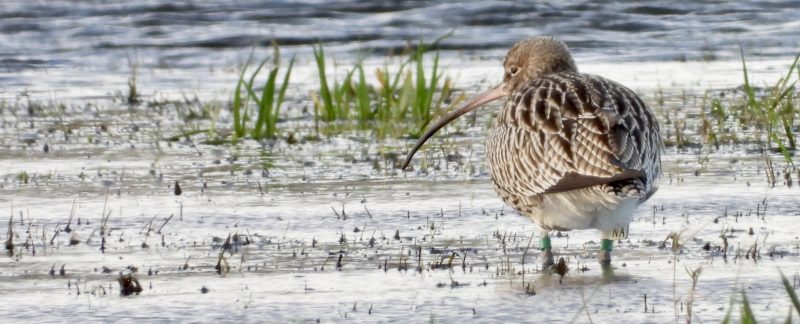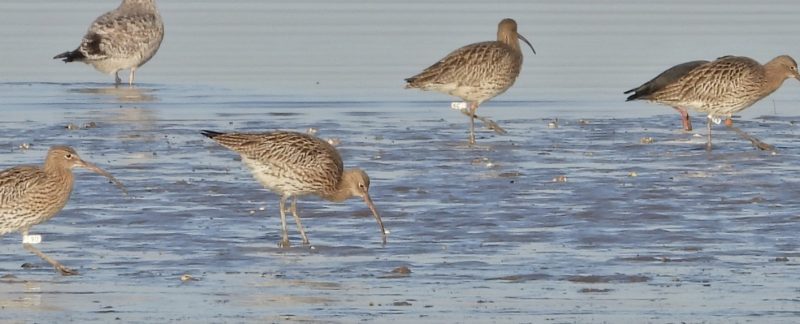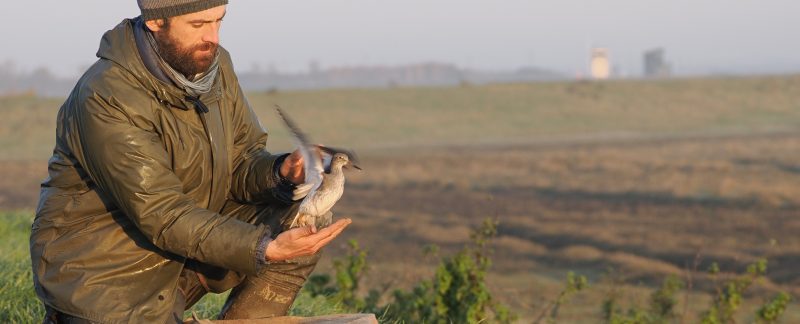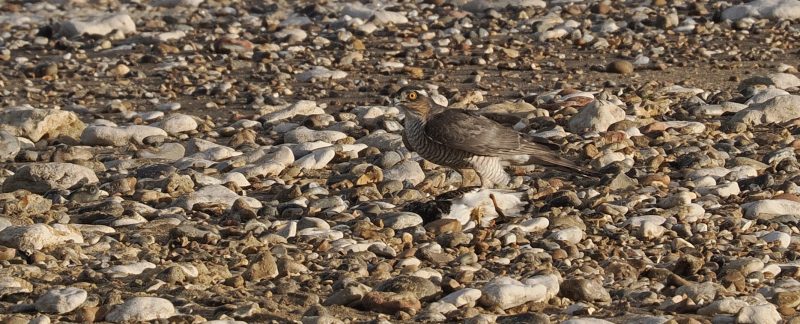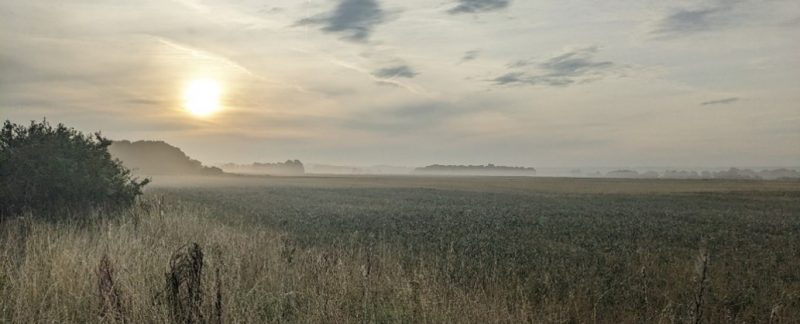Friday 15 December
Cathy did the recce on Friday morning, arriving at the dam by 07:50 and found no birds on Snettisham beach. There were three flocks of Oystercatchers on Heacham Beach with 21 Curlew at the northern end of the flocks. The Curlew were flushed by the first dog walker and flew inland. As each Oystercatcher flock was approached, the birds flew south, joining the southernmost flock. In total there were about 110 Oystercatchers on the tide line.
Toby visited Heacham North at 10:08 as the tide uncovered the mussel scar and watched a mixed flock of 40 waders, the majority being Oystercatchers with only one or two Knot. One of our Oystercatchers A3K and a couple of our Turnstones were resighted during the morning.
Continue Reading →
